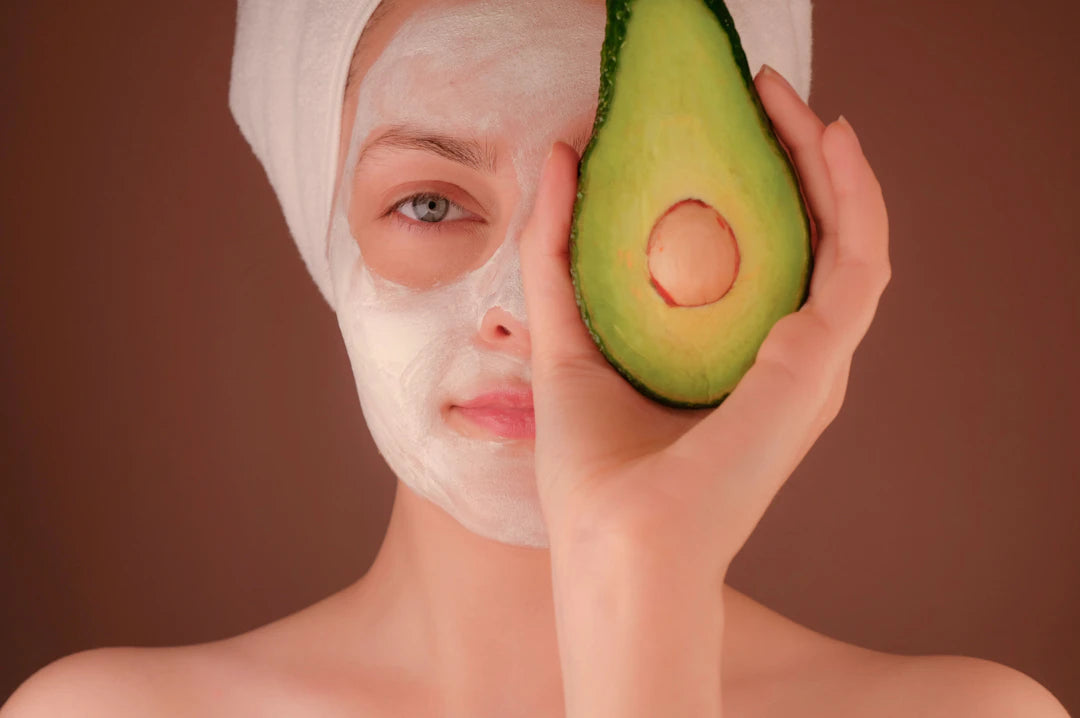Natural vs. Synthetic Ingredients in Skincare Uncovered

Frequently Asked Questions
1. What are natural ingredients in skincare?
2. What are the benefits of using natural ingredients?
3. What are synthetic ingredients in skincare?
4. What are the advantages of synthetic ingredients?
5. How can natural and synthetic ingredients be combined in skincare?
In the constantly evolving world of skincare, the battle between natural and synthetic ingredients continues to captivate consumers and professionals alike. With more awareness around beauty routines and product formulations, understanding the materials that go into our skincare products is crucial. As we delve into this fascinating topic, we will explore the pros and cons of natural and synthetic ingredients and their significant roles in skincare formulations. By the end of this article, you will have a clearer perspective on which ingredients might be best suited for your skin type and concerns.
Understanding Natural Ingredients
Natural ingredients are derived from plants, minerals, or animals, and are often touted as “safer” or “healthier” alternatives to their synthetic counterparts. Common natural ingredients include oils, extracts, and butters, many of which have been used for centuries in various cultures worldwide.
Benefits of Natural Ingredients
Natural ingredients can provide a wide range of benefits, including:
- Gentle on the Skin: Many natural ingredients are less likely to irritate the skin, making them suitable for sensitive skin types.
- Rich in Nutrients: Natural ingredients like oils from nuts or plants can be packed with vitamins and antioxidants, promoting healthier skin.
- Environmentally Friendly: Sourcing natural ingredients can often lead to more eco-friendly practices in agriculture and production.
Considerations When Using Natural Ingredients
While natural ingredients may have numerous benefits, they also have drawbacks that consumers should consider:
- Stability Issues: Natural products can have a shorter shelf life and may require preservatives to ensure longevity.
- Variability in Potency: Since natural ingredients vary based on harvest conditions, the effectiveness may differ from batch to batch.
- Allergies and Sensitivities: Some individuals may have allergies or sensitivities to specific natural ingredients, causing reactions.
Diving into Synthetic Ingredients
Synthetic ingredients, on the other hand, are man-made compounds created in laboratories. They can be designed to mimic naturally occurring ingredients or to achieve specific results that may not be feasible with natural sources. Common synthetic ingredients include silicones, emulsifiers, and preservatives.
Advantages of Synthetic Ingredients
The use of synthetic ingredients in skincare has its own set of advantages:
- Consistency and Stability: Synthetic formulations provide consistent results and longer shelf life, giving you peace of mind when selecting products.
- Targeted Solutions: Synthetic ingredients can be engineered to address specific skin issues, such as reducing wrinkles or protecting against UV damage.
- Cost-Effectiveness: Producing synthetic ingredients can often be more economical than sourcing natural ones, which may lead to lower prices for consumers.
Potential Drawbacks of Synthetic Ingredients
Despite their advantages, synthetic ingredients also raise concerns for some consumers:
- Risk of Irritation: Some synthetic compounds can cause irritation or allergic reactions, particularly for sensitive skin types.
- Environmental Impact: The production of synthetic materials may involve processes harmful to the environment.
- Lack of Benefits: While some synthetic ingredients can be effective, they may not provide the holistic benefits that natural ingredients often boast.
The Case for Kojic Acid
A particularly interesting synthetic ingredient is kojic acid, which is derived from fungi. It quickly gained popularity in the skincare industry due to its powerful skin-lightening properties and ability to combat hyperpigmentation. When discussing natural versus synthetic ingredients, it's crucial to highlight the benefits of kojic acid, especially its ability to inhibit melanin production.
Exploring Kojic Acid Benefits
Kojic acid is not only a game-changer for those seeking to reduce dark spots but also offers several other skin advantages:
- Brightening Effect: Kojic acid works by directly targeting melanin production, resulting in a brighter and more even skin tone.
- Anti-Aging Properties: Many users have reported smoother, more youthful skin thanks to its ability to diminish the appearance of fine lines.
- Antioxidative Qualities: As an antioxidant, kojic acid can help protect the skin from harmful free radicals.
Finding Balance: Blending Natural and Synthetic Ingredients
While the debate seems to pit natural ingredients against synthetic ones, the reality is far more nuanced. Many skincare formulations on the market include a blend of both types. This hybrid approach allows brands to capitalize on the strengths of each ingredient while minimizing potential drawbacks.
Examples of Successful Ingredient Combinations
Here are a few examples where natural and synthetic ingredients can work harmoniously:
- Natural Oils with Synthetic Emollients: Combine the rich moisture from natural oils with synthetic emollients to enhance absorption and skin feel.
- Antioxidant-rich Natural Extracts with Preservatives: Using effective natural extracts alongside gentle preservatives can extend the shelf life while maintaining potency.
- Herbal Extracts Enhanced with Synthetic Brighteners: The integration of herbal extracts and synthetic brightening agents can result in a powerful product addressing multiple skin concerns.
The Future of Skincare Formulations
The beauty and skincare industry is on the brink of a transformative era, as more brands adopt eco-conscious practices while delivering effective results. With consumers becoming increasingly educated about formulations, brands are pressured to create products that are not only effective but also ethically sourced.
Emerging Trends to Watch
Several emerging trends in skincare focus on the balance of natural and synthetic ingredients:
- Clean Beauty: Many brands are adopting clean beauty standards, focusing on transparency and stripping away harmful synthetic ingredients without compromising on efficacy.
- Sustainability: The call for eco-friendly and sustainable practices is prompting brands to seek a balance of natural and synthetic sources that are environmentally responsible.
- Biotech Ingredients: The rise of biotechnology is leading to the development of sustainable, lab-grown ingredients that can mimic natural components effectively.
Your Skincare Journey Starts with Knowledge
Navigating the world of skincare can be overwhelming, but understanding the differences between natural and synthetic ingredients can empower you as a consumer. With knowledge of terms like "kojic acid benefits" and the science behind "anti wrinkles," you can make informed choices tailored to your unique skin needs. The next time you shop for skincare products, look for formulations that blend the best of both worlds for optimal results. Your skin deserves the best, and knowing what works can lead to a radiant and youthful glow!


